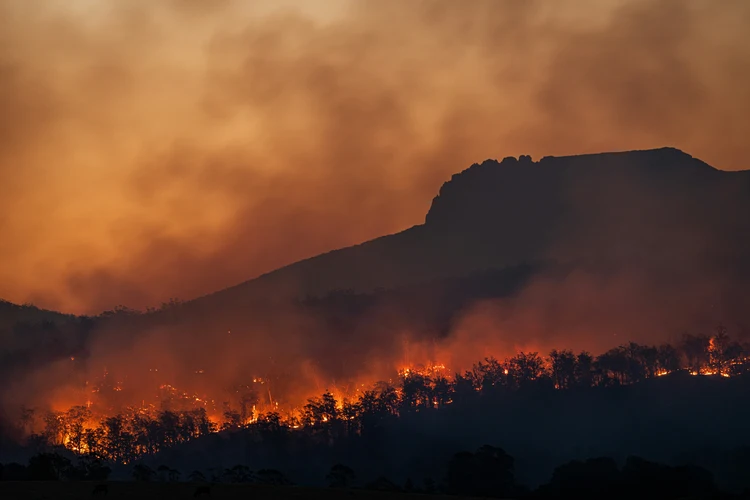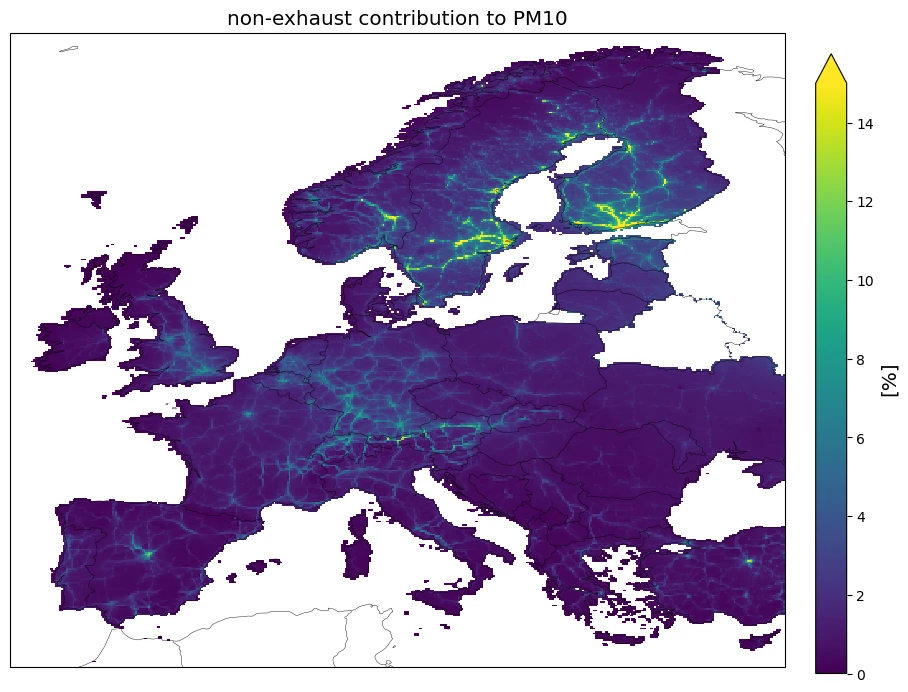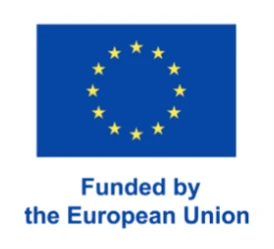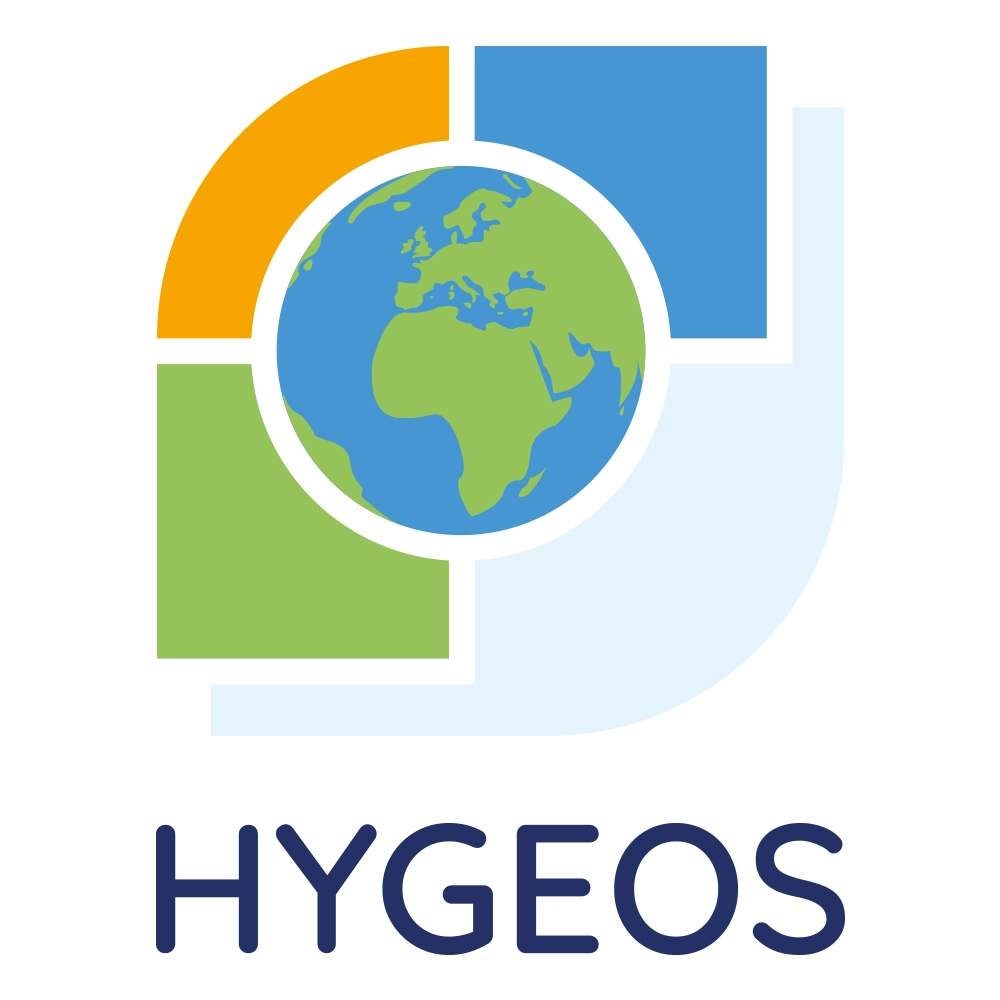Successful CAMAERA Mid-Term Review

The CAMAERA project is split in two periods: the first 18 months are dedicated to preparation and implementation while the second part of the project focus on the evaluation exercises. On Thursday 10th of July 2025, the mid-term review meeting held online in the presence of project officer Natassa Antoniou, from the European Health and Digital Executive Agency (HaDEA), and of our project reviewer Dimitrios Melas (from the Aristotle University of Thessaloniki). It was the opportunity to discussed the progresses and results presented by the work packages leaders.
The most prominent achievements are:
- WP1 – A dataset of best estimate of dust emissions through offline inversion
- WP3 – First simulations with modal aerosol scheme in the global system
- WP5 – First use of neural network techniques in the global system and gridded road dust emissions datasets (impact shown at right)
- WP7 – Implementation and evaluation of fungal spores in the EMEP and IFS-COMPO models
- WP9 – Intercomparison global vs. regional CAMS models

Contribution (in percent) of non-exhaust emissions to annual mean PM10 simulated concentration, averaged of 2023.
The progress of the project was judged very satisfactory by all representatives of the EC. The strong links between the WPs, such as between WP1 and WP5, between WP5-WP7 and WP9, and the cross-WP topics, such as the work focusing on remote sensing Leaf Area Index, were particularly noted and approved.
The second part of the CAMAERA project started on 1st July 2025. Numerous developments, built on the achievements of the first period, are expected. In particular, the machine learning approach, tested for whitecap fraction and sea-salt aerosol, will be extended for desert dust emissions, using the dataset of best estimate of dust emissions produced in WP1. The IFS-COMPO system will also be modified to provide best estimates of dust emissions through online inversion. In addition, further work on online ammonia emissions in SILAM and IFS-COMPO is expected.


